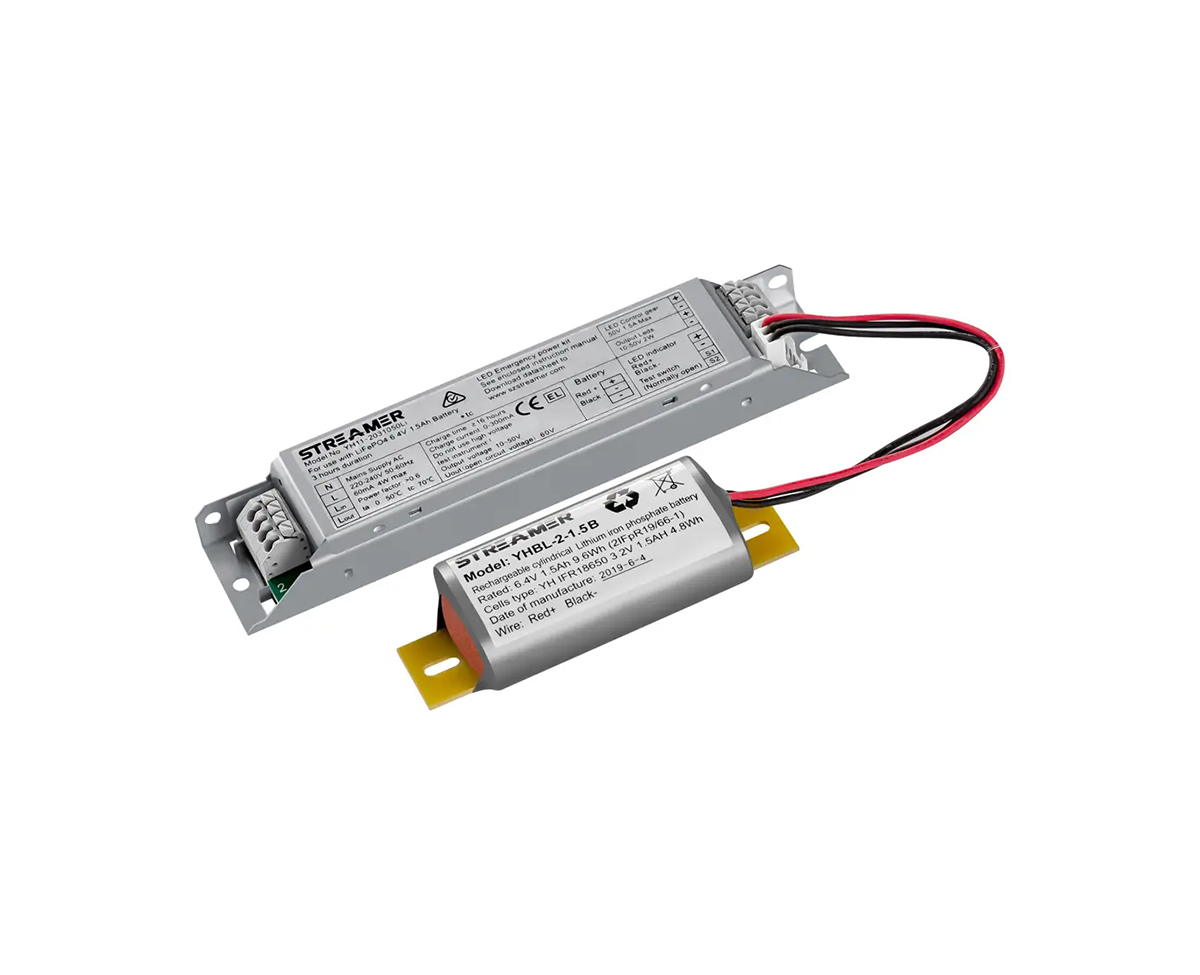 1
1
 Mar 03, 2025
Mar 03, 2025

LED lights generally require drivers for proper operation. While it is possible to connect an LED directly to a power source in some very simple and low voltage applications, this is not a practical or reliable solution for most scenarios.
LEDs are sensitive to voltage and current variations. A typical household power supply provides alternating current (AC) at a relatively high voltage (e.g., 110V or 220V in most countries), while LEDs operate on direct current (DC) at much lower voltages, usually in the range of a few volts. A driver is needed to convert the AC power from the mains into a suitable DC voltage for the LED. Additionally, as mentioned before, LEDs have a non linear I V characteristic. Without a driver to regulate the current, the LED may draw an excessive amount of current, leading to premature failure.
Moreover, in many lighting applications, dimming functionality is desired. Drivers can be designed to provide dimming capabilities, allowing users to adjust the brightness of the LED light. This is achieved through techniques such as pulse width modulation (PWM) or analog dimming, which are not possible without a proper driver. In large scale lighting installations, such as in commercial buildings or street lighting, having a driver for each LED or a group of LEDs enables better control over the lighting system, including energy saving features and remote control options.